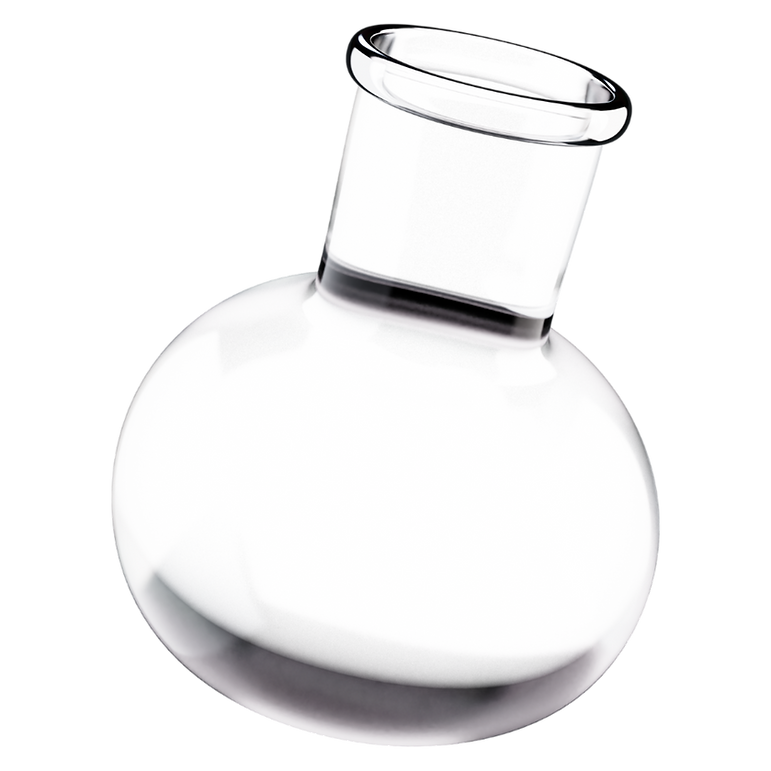top of page
INNOVATION AND TECHNOLOGY
At the forefront of Quantitative Pharmacovigilance, CureEon pioneers the integration of artificial intelligence into Pharmacovigilance and Clinical Research.
Explore our innovative approach using quantitative signal detection techniques to uncover associations within Adverse Drug Reactions (ADRs) databases. Join us in shaping the future of pharmaceutical safety.

METHODOLOGIES DEPLOYED BY CUREEON
Embark on a journey through CureEon’s methodologies, visualized for clarity. Our toolbox includes Reporting Odds Ratio (ROR), Proportional Reporting Ratio (PRR), Relative Reporting Ratio (RRR), Chi square, and Multi Item Gamma Poisson Shrinker (MGPS). Navigate our process, from internal database scrutiny to external reporting source analysis, and witness the power of data driven signal detection.





THE COMPLEX LANDSCAPE OF SIGNAL DETECTION
Explore the intricate landscape of signal detection with CureEon. Dive into our multi step process, from initial detection to regulatory submissions. Visualize the diverse data sources and adverse events, acknowledging the absence of a universal approach. Emphasize the significance of transparent communication through a visual representation of stakeholders, ensuring confirmed safety alerts reach the end users seamlessly.
APPLICATION OF ARTIFICIAL INTELLIGENCE, MACHINE LEARNING, AND NEURAL NETWORKS
At the forefront of innovation in the application of Artificial Intelligence, Machine Learning, and Neural Networks, CureEon seamlessly integrates these technologies into both Clinical Research and Pharmacovigilance. Explore how Bayesian Confidence Propagation Neural Network (BCPNN) is employed for machine learning classification and data mining, particularly in the discovery of adverse drug reactions.
UTILIZING ARTIFICIAL INTELLIGENCE IN PHARMACOVIGILANCE AND CLINICAL RESEARCH
CureEon harnesses artificial intelligence for the processing and analysis of extensive data across various disease states. Our automated machine learning models optimize pharmacovigilance processes, providing a more efficient means to analyze safety related information. The use of artificial intelligence is crucial in predicting side effects and adverse drug reactions.
THE ROLE OF ARTIFICIAL INTELLIGENCE IN CLINICAL TRIAL DESIGN AND MONITORING

In recent years, biopharmaceutical companies have gained access to a growing volume of scientific and research data, collectively known as real world data (RWD). CureEon unlocks RWD using predictive AI models and analytics tools to accelerate disease understanding, identify suitable patients, and inform site selection, supporting innovative clinical study designs.

CONTACT US
Whether you're seeking support for your clinical research, pharmacovigilance, or regulatory approval needs, CureEon is here to assist you.
LATEST NEWS
bottom of page


